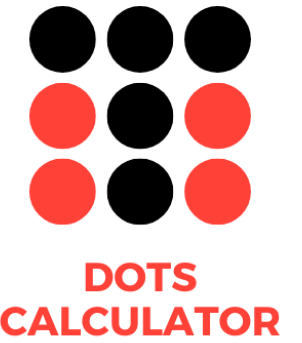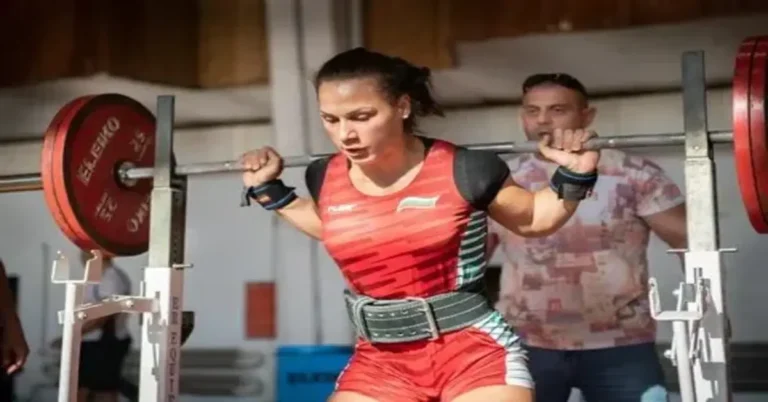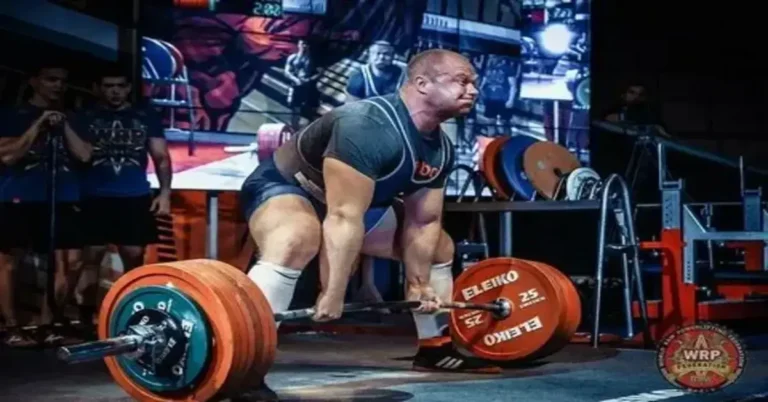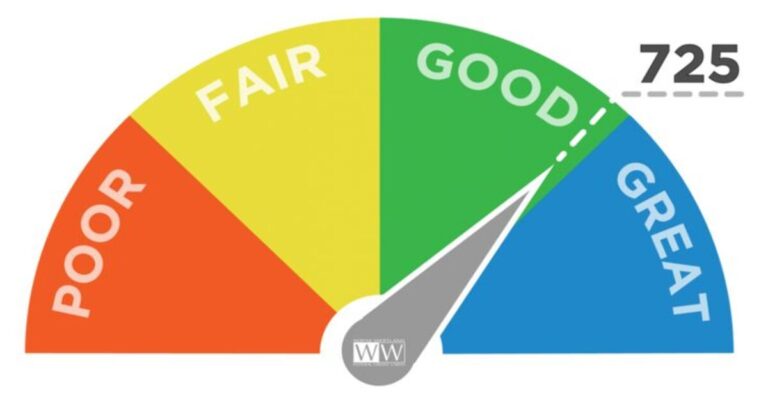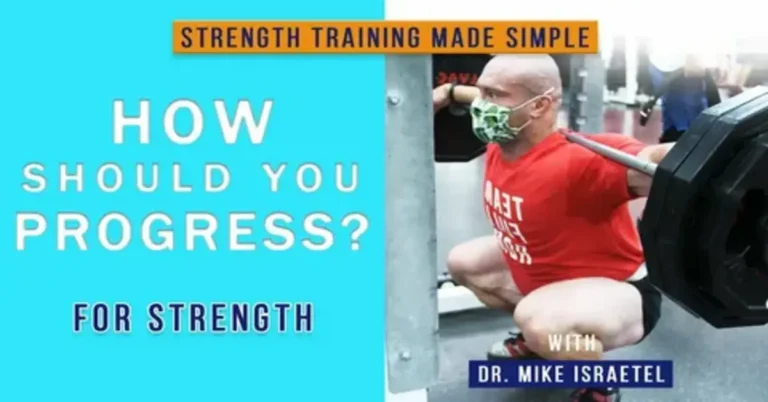Powerlifting is more than just a sport—it’s a journey of discipline, strength, and self-discovery. Whether you’re stepping onto the platform for the first time or preparing for a major meet, the right training program can be your biggest ally. In this guide, we’ll dive deep into the world of powerlifting training, covering everything from foundational principles to advanced strategies and actionable tips.
By the end, you’ll have a roadmap that not only helps you choose the best program for your goals but also equips you with unique insights to dominate your training like never before.
What Makes Powerlifting Special?
Powerlifting is a competition of pure strength, requiring athletes to excel in three lifts:
- Squat: A test of lower-body power and core stability.
- Bench Press: The gold standard for upper-body strength.
- Deadlift: The ultimate feat of raw, full-body strength.
But powerlifting is more than just lifting heavy. It’s about planning, precision, and progression. Unlike casual gym-goers, powerlifters use data-driven programs to maximize performance and minimize burnout.
How Powerlifting Programs Work

At their core, powerlifting programs are built around progressive overload—gradually increasing the amount of weight lifted to make your muscles stronger. However, there’s more to it than just adding plates to the bar.
Key Components of a Powerlifting Program:
- Volume: Total work performed (sets x reps x weight).
- Intensity: The percentage of your one-rep max (1RM).
- Frequency: How often you train each lift per week.
- Periodization: Structured phases for hypertrophy, strength, and peaking.
- Rest and Recovery: Essential for growth and injury prevention.
Each program balances these elements differently based on your experience level, goals, and timeline.
Detailed Breakdown of Powerlifting Programs
Beginner Powerlifting Programs
The Goal: Build a strong foundation.
Beginners benefit most from simple, repeatable programs that focus on mastering technique and gaining strength steadily.
- StrongLifts 5×5:
- Perfect for beginners.
- Focus on five sets of five reps for core lifts.
- Add 5 lbs every session until progression slows.
- Greyskull LP:
- Offers flexibility with accessory work.
- Includes an AMRAP (as many reps as possible) set to push limits safely.
Tips for Beginners:
- Start light and focus on perfect form.
- Track every workout. Progression is only possible if you know where you started.
Intermediate Powerlifting Programs
The Goal: Build strength while avoiding plateaus.
Intermediate programs introduce periodization—alternating between high-rep hypertrophy work and low-rep heavy lifting.
- Candito 6-Week Program:
- A hybrid program alternating between volume and intensity phases.
- Culminates in a mock meet to test new PRs.
- Texas Method:
- Weekly structure includes a high-volume day, a recovery day, and a heavy day.
- Ideal for lifters with a few years of training experience.
Tips for Intermediates:
- Be patient. Progression slows down, but every small gain adds up over time.
- Incorporate accessory work to strengthen weak points.
Advanced Powerlifting Programs
The Goal: Peak for competition and break plateaus.
Advanced lifters need precise programming tailored to their weaknesses and competition schedule.
- Sheiko Programs:
- High-frequency, high-volume, and technique-focused.
- Requires strict adherence to avoid overtraining.
- Westside Conjugate Method:
- Weekly structure rotates max effort and dynamic effort days.
- Emphasizes specialty bars, bands, and chains to build explosive power.
Tips for Advanced Lifters:
- Prioritize recovery. Poor sleep or nutrition will stall progress.
- Fine-tune your technique—small tweaks can lead to big gains.
Unlocking Your Full Potential: Beyond the Lifts
1. Nutrition for Powerlifters
Strength isn’t just built in the gym—it’s fueled in the kitchen.
- Eat for Performance: Prioritize protein (1.6–2.2g per kg of body weight) and carbs to fuel heavy training.
- Timing Matters: Consume a carb-rich meal 2–3 hours before training and a post-workout meal for recovery.
- Stay Hydrated: Even mild dehydration can reduce performance.
2. Recovery Strategies
Your muscles grow stronger during rest, not during training.
- Sleep: Aim for 7–9 hours nightly to optimize recovery.
- Deload Weeks: Reduce intensity every 4–6 weeks to let your body recover and adapt.
- Active Recovery: Light cardio or mobility work on rest days keeps you fresh without compromising recovery.
3. Common Mistakes and How to Avoid Them
- Mistake 1: Skipping Warm-Ups
- Why It’s Bad: Cold muscles are more prone to injury.
- Fix: Spend 10–15 minutes on dynamic stretching and mobility drills.
- Mistake 2: Ego Lifting
- Why It’s Bad: Poor form and excessive weights lead to injuries.
- Fix: Stick to your program and prioritize form over weight.
- Mistake 3: Ignoring Recovery
- Why It’s Bad: Overtraining can stall progress or lead to burnout.
- Fix: Plan recovery just as meticulously as your workouts.
Sample 12-Week Powerlifting Program
Here’s a sample layout for intermediate lifters preparing for a meet.
Weeks 1–4: Hypertrophy Phase
- Focus: Build muscle and work capacity.
- Example:
- Squat: 5×10 @ 65% 1RM
- Bench Press: 5×10 @ 60% 1RM
- Deadlift: 4×8 @ 70% 1RM
Weeks 5–8: Strength Phase
- Focus: Transition to heavier weights and lower reps.
- Example:
- Squat: 4×5 @ 80% 1RM
- Bench Press: 4×6 @ 75% 1RM
- Deadlift: 4×4 @ 85% 1RM
Weeks 9–12: Peaking Phase
- Focus: Maximize strength while reducing volume.
- Example:
- Squat: 3×3 @ 90% 1RM
- Bench Press: 3×2 @ 92% 1RM
- Deadlift: 3×2 @ 95% 1RM
Week 13: Test Your Max
- Attempt your new PRs in a mock meet.
Conclusion
Powerlifting training programs are more than just a set of exercises—they’re a science. Whether you’re looking to dominate your first meet or smash your all-time best lifts, the key is consistency, smart programming, and proper recovery.
Take what you’ve learned here, pick a program that suits your level, and get to work. Remember, powerlifting is as much about the journey as it is about the numbers. So embrace the grind, celebrate small wins, and keep chasing those PRs.
Now, it’s time to hit the gym and lift heavy. You’re stronger than you think!
